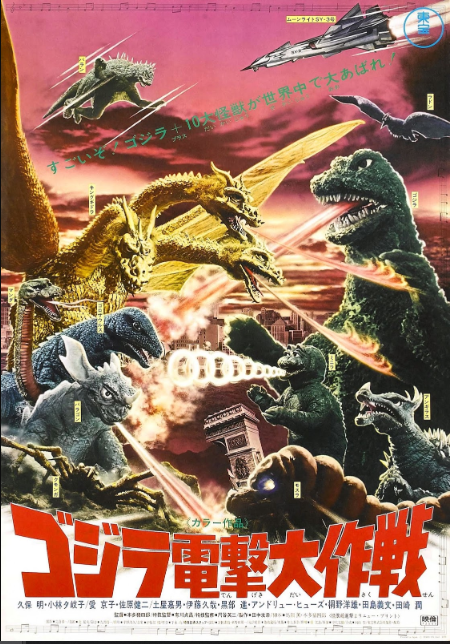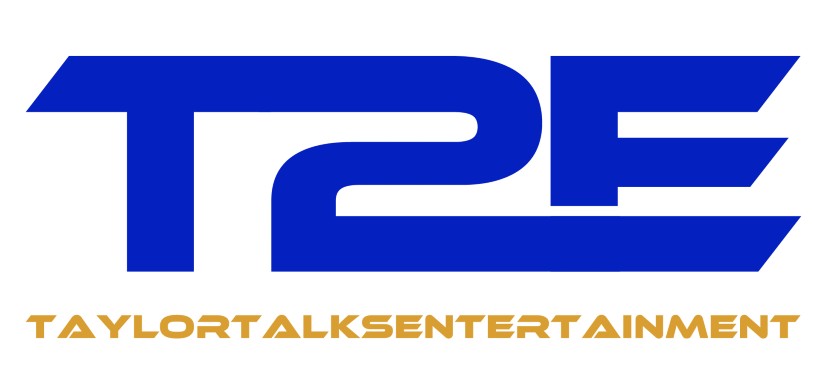And so we have now reached the end of the line of the Godzilla marathon. And what a film to end it on. Destroy All Monsters is a rather special film in the franchise for several reasons. It was intended to be the last film in the series but given all the films that have since come out we can see how much things have changed from Toho’s original intentions. But let us delay no longer and dive right into the last film in this marathon, Destroy All Monsters!

Introduction & Pre-Production
As is common with the Godzilla scripts of this era, this film was meant to be something else entirely. The initial screenplays for this film predate the development and release of Godzilla’s prior film, Son of Godzilla. Of these initial scripts one was titled Monster Chushingura, drawing inspiration from the famous historical story detailing the rebellion of 47 Samurai. These early scripts and the final film were written by newcomer to the series, Takeshi Kimura, alongside a returning Ishiro Honda who also directed the film.
Initial drafts of the story were set to include every monster in Toho’s catalog of movie monsters, from Godzilla and Mothra, to even King Kong. During development this idea was scaled back to only include the 11 monsters we see in the final film. Expectations for this film were higher than those for Ebirah Horror of the Deep, as well as Son of Godzilla largely due to the return of Ishiro Honda and Akira Ifukube to the production team after their absence in the previous films. Honda also co-wrote this film, something he hadn’t done since the original Godzilla film. However the franchise lost seasoned writer Shinichi Sekizawa who had been writing for Godzilla since 1955’s Godzilla Raids Again.
Sadamasa Arikawa once again served as special effects director under the supervision of his mentor and franchise effects veteran Eiji Tsuburaya. Despite being in production prior to the previous film, Destroy All Monsters was shelved for a year and released on August 1, 1968, whilst the American cut of the film was released on May 23, 1969. Producer Tomoyuki Tanaka believed that the franchise was pretty much out of steam at this point, feeling that they had told all the stories you could tell. There was a sense of finality overshadowing the production, which you can see through the production values as this film had a much higher budget than previous films with an effective budget of 200 million yen. Destroy All Monsters also had an ensemble cast of new faces as well as veterans of the series, including Akira Kubo, Jun Tazaki, and Yoshio Tsuchiya.

Synopsis & Writing
Destroy All Monsters is set in the ‘then’ distant future of 1999 when world peace had been achieved and all the world’s monsters had been captured and were now living peacefully on an island known as Monsterland (later iterations in the franchise would label it Monster Island). In such an unprecedented time of peace and prosperity there should have been no threats. Unfortunately, aliens have descended on Earth, then release and brainwash all the monsters before setting them loose on every major city in the world. Faced with the threat of extinction mankind must rally behind a war cry of “Destroy all Monsters!”
As is common with the Honda-led Godzilla projects the film puts an enhanced emphasis on human drama storylines, so the monsters are not the sole focus. There is monster action with the largest roster of monsters ever seen on film, but a majority of the film is dedicated to humans and their efforts to overcome the alien invasion and undo the monsters’ brainwashing. Honda always believed that these movies should have been about more than just monster action and always pushed exploring a variety of themes.

As previously mentioned, Destroy All Monsters has the largest monster roster to date for the franchise with 11 monsters. From the ever-popular Godzilla, Mothra, Rodan and King Ghidorah to the more obscure creatures such as Varan, Baragon, Manda and Gorosaurus, Toho went out of its way to dig up just about any monster from the franchise’s history as well as those not affiliated with Godzilla. The original scripts had every Toho-produced monster in the film. But what remained in the final cut is still very impressive. Very few films in the franchise come close to featuring this many monsters, even today.
The climax also presents a very unique scenario in terms of monster fights as this might be the only 10 vs. 1 monster fight we see in the franchise. Had this been the last film in the franchise it would have marked a high narrative conclusion as it brings together the best of Ghidorah the Three-Headed Monster and Invasion of the Astro Monster whilst also demonstrating that new ideas can be presented even with nine films already in the franchise.

Presentation & Score
Bringing back Honda and Ifukube certainly raised expectations for Destroy All Monsters and Ifukube’s compositions are as great as they’ve ever been. We see some fan favorite tracks return alongside some brand new ones. Much like with Ebirah: Horror of the Deep, special effects were composed by Teisho Arikawa with supervision and crediting to his mentor Eiji Tsuburaya.
On the effects front, new monster suits were created for Godzilla and Anguirus whilst every other monster had used costumes altered from previous films. King Ghidorah’s suit had noticeably less detail than previous suits, which could have resulted from the fact that 11 monsters were featured in the film and compromises had to be made for quality reasons.

Most of the film’s monster scenes involve attacking major landmarks with the exception of the 10 vs. 1 battle at the end. However, there are a couple of deleted scenes involving some extra fights between other monsters. These scenes, despite being shot, were cut by Honda as they added little to the storyline and weren’t consistent with the motivations of the alien antagonists.
Destroy All Monsters initially launched theatrically in Japan on August 1, 1968 but was actually redistributed in 1972 with an edited cut of the film by Honda. This cut was edited down to 74 minutes and released under the name Godzilla: Lightning Fast Strategy. The English dub was released in 1969 through American International Pictures, with Titra once again hired to dub the film. Titra had also worked on the dub of Ebirah: Horror of the Deep localized as Godzilla vs. the Sea Monster.
Destroy all Monsters continued the trend of declining ticket sales for the franchise, which was partly why Toho believed that the series had run out of ideas. The film sold 2.6 million tickets during its Japanese theatrical run. The film, however, did sell more tickets than the previous outing of Son of Godzilla, which sold 2.5 million tickets. These numbers did pale in comparison to the last Honda-directed film, Invasion of the Astro Monster, which sold 3.8 million tickets across its Japanese theatrical run.

On a critical note, the film found a mixed reception amongst critics, drawing criticism for its simplistic story although many viewed the climax as one of the best in the franchise. Despite a mixed critical response this film has become a cult classic for fans of the franchise, and many have expressed a desire for a spiritual successor, given all the monsters that have been added to the franchise since.
Conclusion
Putting aside the fact that this is not the final film in the franchise I believe that Destroy All Monsters is a fine film that represents some of the best of the franchise. Future films within the classic Showa franchise were highly experimental. But revisiting a film that is very deliberate in its themes and ideas was a nice experience. With this we reach the end of the current Godzilla marathon here at TaylorTalksEntertainment, and I thank each and every one of you for following along on this journey. Godzilla has persisted as a franchise and a film icon for 70 years for good reason. The stories and writers may change but how much he means to the world and his fans can’t be understated.
Patron Shout-Out
I wish to express special thanks and gratitude to our patron supporters who make our content possible:
Francesco
Lisa




